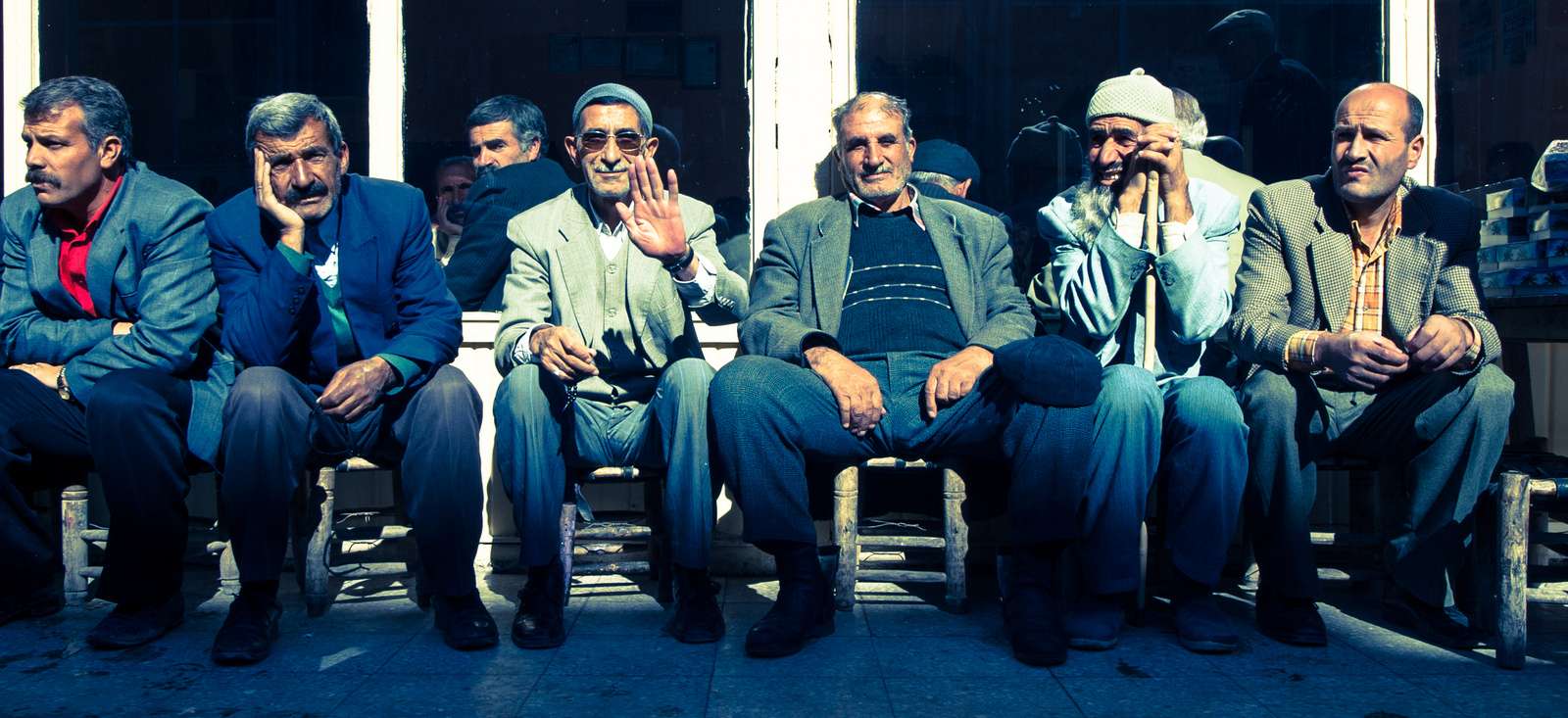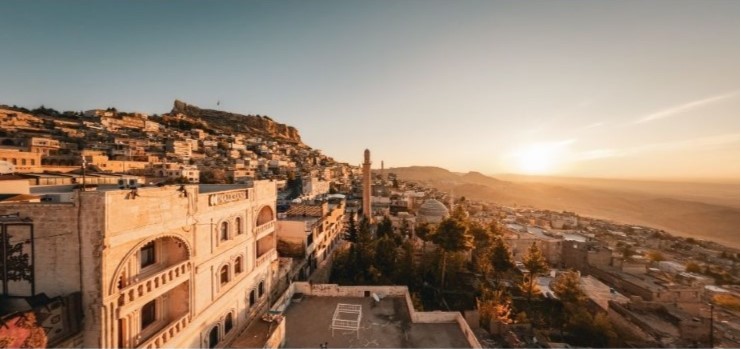What is a UPG?
[column width=”1/6″ title=”” title_type=”single” animation=”none” implicit=”true”]
[/column]
[column width=”4/5″ last=”true” title=”” title_type=”single” animation=”none” implicit=”true”]
Every week on Wednesdays, we profile one of the 728 UPGs in the region that Live Dead Silk Road focuses on. These profiles are meant to give you some information about these peoples so that you can pray for them. They’re the people to whom we are striving to bring the gospel. But what does it mean to be a UPG? What is an “unreached people group”?
The question is best answered with a story…

In 1974, mission leaders from around the world gathered together to compare notes, discuss strategy, and discern how the Spirit was moving at that time. At this gathering Ralph Winter presented the concept of “people groups” as an area of mission focus, rather than using political nation-states to define our work. The goal of all missions is highlighted in the book of Revelation 5:9
Worthy are you to take the scroll and to open its seals, for you were slain, and by your blood you ransomed people for God from every tribe and language and people and nation.
Winter argued that the word often translated as “nation” does not really represent the modern nation-state, but rather ethnicities (the Greek word is actually related to the modern English word ethnic). Missions should not be focused on reaching a “nation” such as Germany, but on reaching people groups, such as Germans, Turks, Swedes, French, Swiss, and so on.
Thinking about distinct peoples rather than on national borders helps Live Dead Silk Road define our mission by focusing on the people groups within our geographic area that are unreached.
“Unreached” refers to the state of the church among the people: if a people group does not have a local, self-propagating church within it, it is “unreached,” whereas when the population of believers grows larger than a specific threshold (usually 2% of the population), that people group is considered “reached.” Of course, 98% of that population remains apart from Christ, but the size of the local church is significant enough at 2% to continue growing and to sustain itself, so the work of missions among those people can shift and attention can be redirected to other people groups with even fewer believers.
When the population of native believers is very small, it is highly unlikely for anyone to ever hear the gospel in a culturally-appropriate way that can make sense to them. Eurasia is filled with people groups like these – with people who are without Christ and without even a witness among them to the Good News. They are lost beyond hope. Let us be people who introduce them to the One who can save them from their sins.
[/column]





